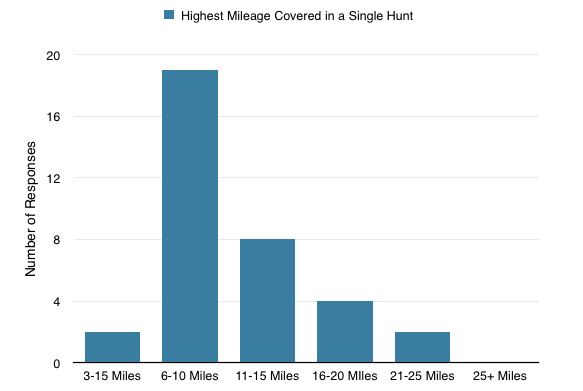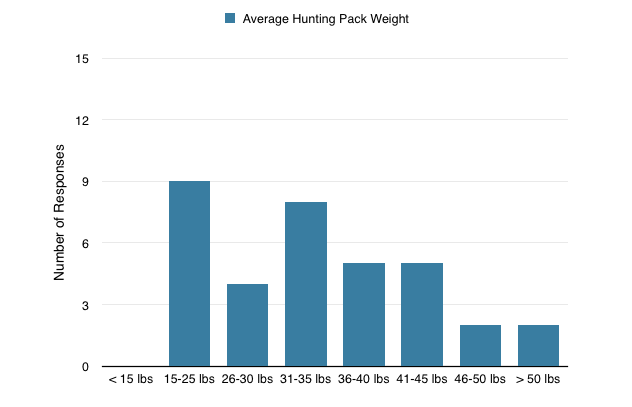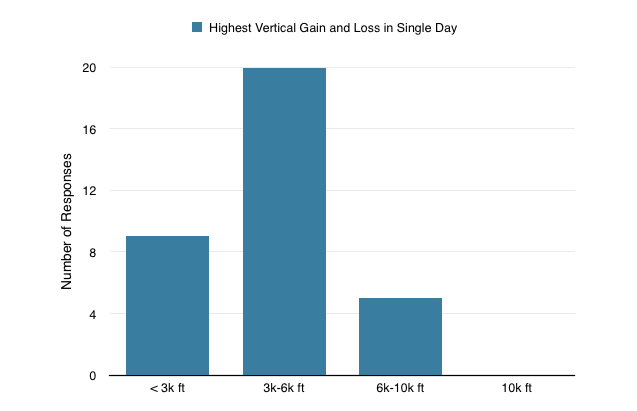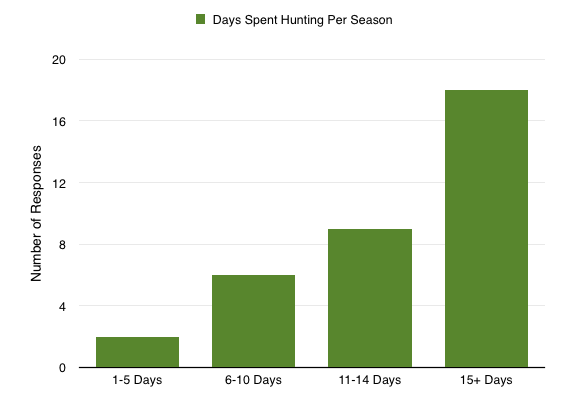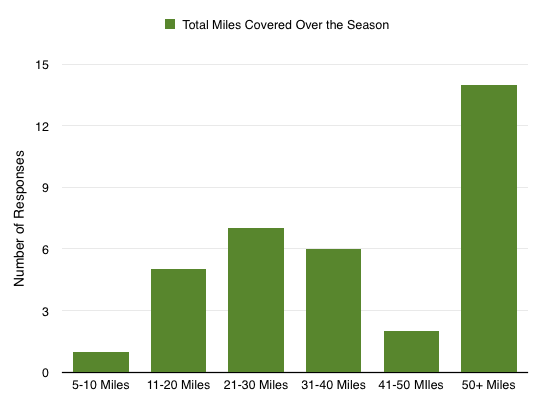Adam Scott, MS, CSCS
We have updated our Backcountry Hunting Training Plan three times over the last few years. Informed by our personal experiences, work with mountaineers and involvement with soldiers, this program has evolved away from typical gym-based training into a sport specific behemoth which includes some of the best exercises and equipment directly transferring to the sport.
The plan builds to mini-events of over four hours in length. Step-Up progressions increase weekly to 1,000 repetitions with a 40 lb. pack. Sandbag get-ups top-out at 70 reps with an 80 lb. sandbag. Anyone who has done the plan can attest to its intensity. These numbers are on-par with some of our most challenging military selection plans.
For those not familiar with the sport of backcountry hunting you are probably wondering why such intense training and preparation?
Well, with the season fast approaching we decided to quantify the demands of this fast-growing mountain sport. And since our athletes are some of the best in the world at what they do – military, law enforcement, fire/rescue, and mountain. We decided, what better source of information than the experts who are living their tactical/mountain sport everyday?
Survey Responses – Individual Hunts
Thirty-five experienced backcountry hunting veterans answered our online survey concerning the physical demands they face during a day, a hunt, and throughout the season. Here is a little of what we learned.
First, let’s look at the demands associated with a single hunt. The first chart shows the highest mileage covered in a single hunt. You can clearly see that a majority of hunters (97%) experienced hunts of over 6 miles. And 20% of hunters experienced hunts of between 16 and 25 miles.
These hunts are anything but walks in the park. The second chart shows hunting pack weight (20 lb. – over 50 lb.) and the third chart shows the highest single day vertical gain and loss (average about 5,000 ft) our responders reported.
Now, what if the hunter is fortunate enough to find an animal? Well, you can see below that the reward is met with additional challenges. The fourth chart shows the range of pack-out weights our hunters have experienced. The fifth chart shows the average pack-out distance.
What does this tell us about a single hunt? Well, they are demanding: 3-5 miles with a 40 lb. pack to find an animal. Then pack-out and cover another 3-5 miles with well over 100 lb. All while covering about 5,000 feet of elevation gain and loss.
Survey Responses – Hunting Season
Now, let’s look at the entire season. Seasons vary greatly depending on the animal and region – In Wyoming, the typical elk and deer seasons last for 60-75 days, while moose seasons could be much shorter depending on quotas. Our responses covered most of the US and Canada. Respondents hunted everything from elk, to bear, to sheep, to mule deer and more. Most of our hunters used both bow and rifle (20 total), 7 were solely bow hunters and 8 were rifle hunters.
The sixth chart shows responses concerning the total number of days our hunters spent hunting during their seasons. The seventh chart shows the mileage covered during the season.
Lastly, the eighth chart shows the total vertical gain and loss reported during a typical hunting season.
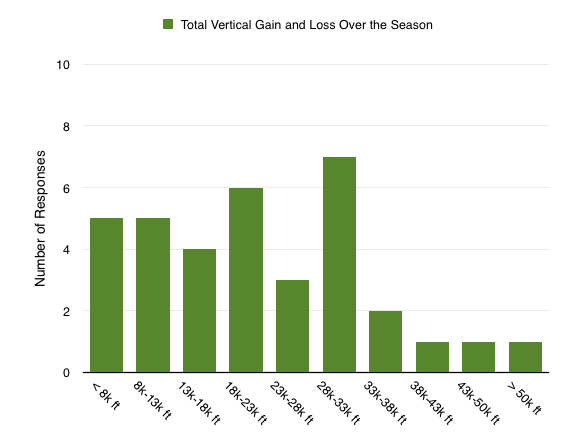
Summary
Intense events require intense training sessions and long seasons with high physical demands necessitate long, physically demanding preparations. The Alaska Department of Fish and Game says it best:
…This can mean walking for several days while hunting for a game animal. It may mean a difficult climb up a mountain each day. Often, it can also mean walking through muskegs and dense alder thickets and crossing creeks.
Even if you are lucky and find an animal within a mile of your camp, there is a lot of work involved in cleaning and packing out that animal. For example, if you are a successful moose hunter, you will have to pack out all the edible meat – which could total over 500 lbs (227 kg). One hind quarter alone may weigh more than 125 pounds (57 kg). Experienced Alaskan hunters say that the work really begins once an animal is killed.
Your hunt will be far safer and more enjoyable if you get into good health and physical condition ahead of time.
So, train for your event, prepare for your goal and happy hunting.
Question, Comments, Feedback? Email coach@mtntactical.com
You Might Also Like MTI’s Backcountry Big Game Hunting Training Plan

